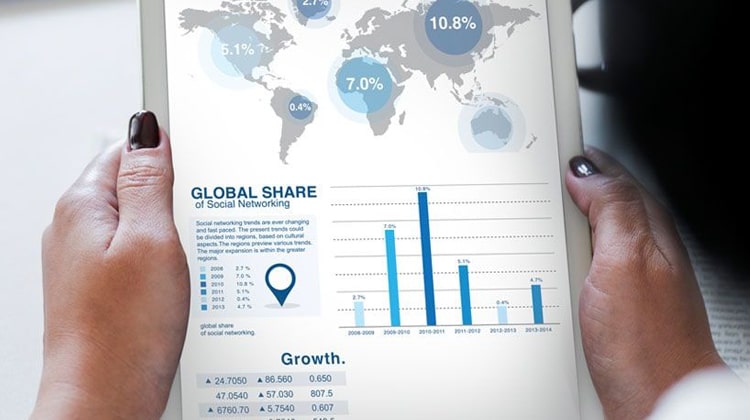GST e-Invoicing – An Overview
GST e-Invoicing is a digital method of generating and reporting invoices under the Goods and Services Tax (GST) system. This system aims to streamline the invoicing process, reduce fraud, and ensure better compliance. All businesses with an aggregate turnover exceeding Rs. 10 crore in any financial year are required to generate e-invoices for B2B transactions.
Efficient Invoice Generation:
The e-Invoicing system automates the generation of invoices, reducing manual errors and ensuring compliance with GST rules.
Real-time Reporting:
Invoices generated under the e-Invoicing system are automatically uploaded to the GST portal, ensuring immediate availability for GST filing.
Input Tax Credit (ITC):
With e-invoices, buyers can automatically claim ITC based on the invoice data available on the GST portal.
Documents Required for GST e-Invoicing
The following details and documents are necessary for generating e-invoices under GST:
GSTIN of the Supplier and Recipient
Invoice Number and Date
HSN/SAC Code for Goods/Services
Taxable Value, Tax Amount (CGST/SGST/IGST)
Supplier and Recipient Name, Address, and GSTIN
Place of Supply and Reverse Charge (if applicable)
GST e-Invoicing Timeline
The e-Invoicing system must be used for all B2B transactions when the aggregate turnover exceeds Rs. 10 crore. The invoice must be generated on or before the supply of goods or services, as per GST law.
Frequently Asked Questions
- What is GST e-Invoicing?
- Is e-Invoicing Mandatory for All Businesses?
- Can I Continue Using Manual Invoicing After Implementing e-Invoicing?







